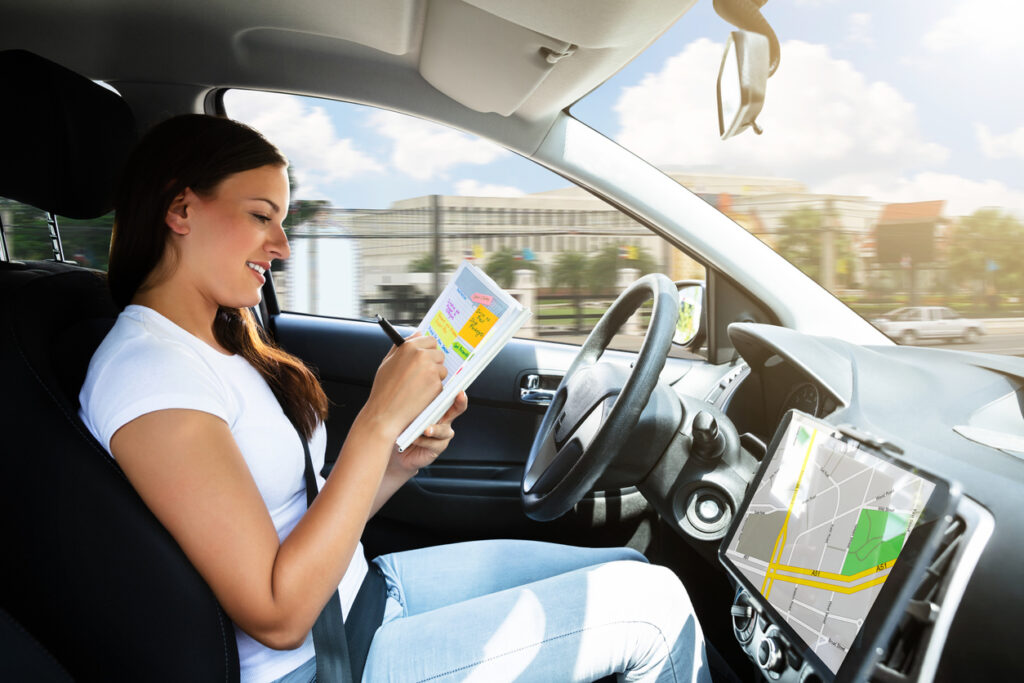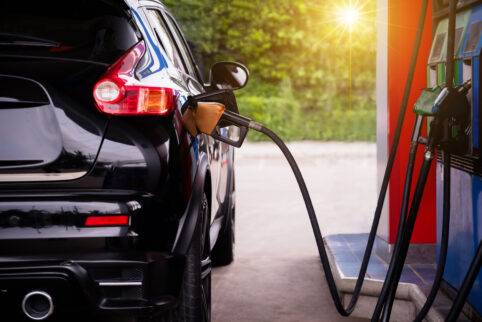Have you ever tried to track your car’s fuel efficiency? Being aware of your efficiency and how to improve it is beneficial for both the environment and your wallet, especially with today’s soaring gas prices. In this blog post, we’ll share with you a few tips on how to easily track your vehicle’s fuel efficiency.
What Is Fuel Efficiency?
Fuel efficiency is a measurement of how much gas a car needs to travel 100 km (L/100 km). The lower the litres per 100 km, the more efficient the vehicle. Anything under 6L/100 km is considered a good efficiency rating.
The average fuel efficiency of a car is calculated before it hits the market. You can find these ratings online or ask a dealer about them. If you’re buying a used vehicle, remember that fuel efficiency depreciates over time. Here’s a look at some of the most fuel-efficient vehicles over the past five years.
Ways to Track Efficiency
You can track fuel efficiency on your own in different ways.
Pen & Paper

If you enjoy doing things the old-fashioned way, you can do some mental math to calculate your car’s fuel efficiency.
The easiest way to go about this is to fully fill your gas tank and write down the number on your odometer. Drive as you would normally, completing a few days of regular trips. Head back to the gas station and note how much fuel you put into your tank to get it back to the level you started at. Record the number on your odometer again. Divide the number of litres by the distance travelled and multiply by 100. The answer is your fuel efficiency rating.
To get an average rating, repeat this process every time you fill your tank. Hold on to gas pump receipts to have a paper trail of your fuel consumption. If a pump doesn’t automatically issue a receipt, you can go into the gas station to request one.
Digital Spreadsheet
If you don’t want to carry around a notebook, you can use a Microsoft Excel spreadsheet or Google Sheet to manage your fuel consumption.
Create five columns labelled Date, Odometer Reading, Mileage, Litres Purchased, and Kilometres per Litre. After filling up your tank, fill in the first four columns based on the numbers on your gas pump receipt. You can use digital formulas to get the spreadsheet to divide the number of litres purchased by the distance travelled and multiply by 100 to get the L/100 km rating. Every time you fill up your tank, create a new row to eventually get an average rating.
Efficiency Apps & Websites
You can also try a smartphone app to track your fuel consumption. Many are free, but some have additional features you can choose to pay for. Some popular ones include Fuelio and Fuel Tracker. Most apps will offer you tips to further improve your efficiency, as well.
If you don’t want to download an app, another method is to use an online calculator, such as this one. Remember to set the metric measurement to kilometres for Canadian conversions.
Improving Efficiency
Whichever method you choose, tracking your fuel efficiency is a great way to manage your gas expenses and give you a better understanding of your vehicle. You can also try driving strategies that could help you get the most out of your tank.


